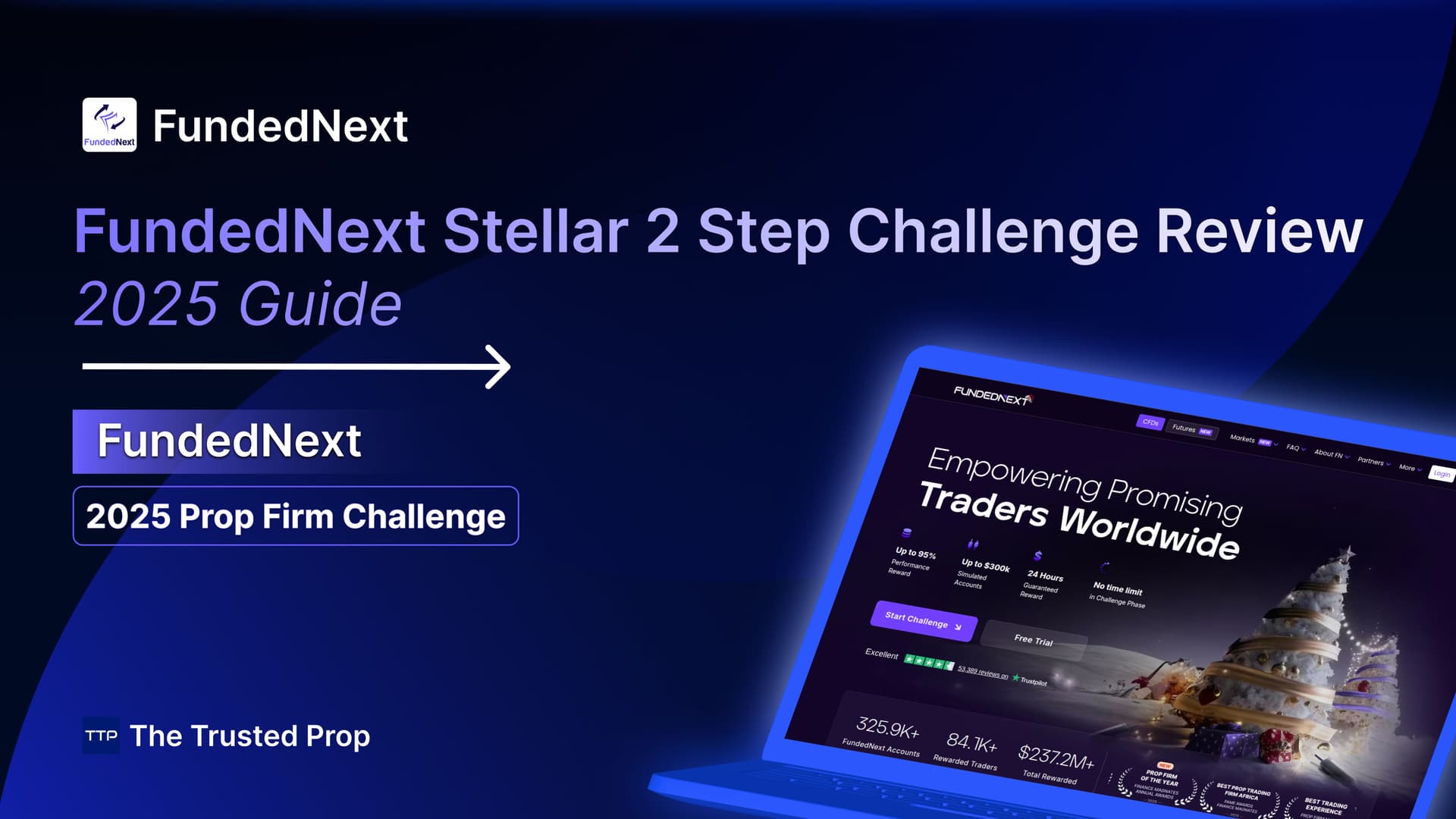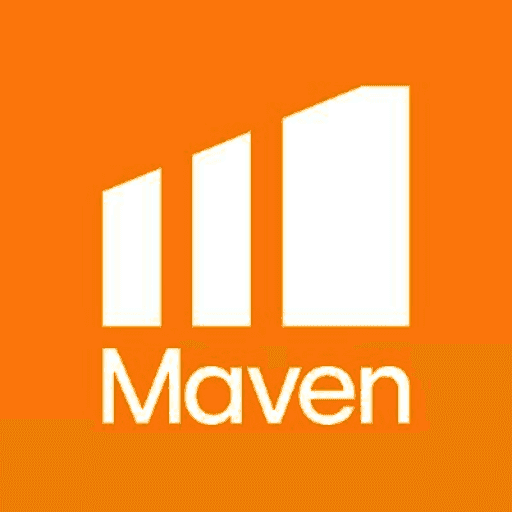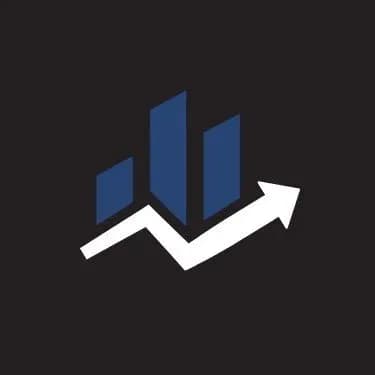Best Forex Indicators for Day Trading

Best Forex Indicators for Day Trading
3/5/2025
In the Forex industry, indicators are a crucial part of trading analysis. Indicators are also known as technical analysis. Traders are using these tools for a better understanding of the Forex market price chart, identifying trends, and making the right decisions within a short time. In this blog, we understand the most important forex trading indicators and how to use them.
Understanding Trading Indicators
Trading indicators are mathematical formulas derived from price, volume, or open interest. They assist traders in forecasting future market action and making decisions. In the stock market and forex trading, indicators are used for technical analysis to advise traders on entry and exit points in the market.
Types of Indicators in the Stock Market
There are various types of indicators in the Forex and stock market, each serving a unique purpose:
Momentum indicators: By using this indicator, you can measure price movements and help in the most purchase and sell conditions. The Relative Strength Index (RSI) and the Stochastic Oscillator are mostly used for signal potential reversals.
Volatility indicators: It is used to gauge the rate of price fluctuations. Bollinger Bands expand and narrow with market volatility, and the Average True Range (ATR) measures market volatility.
Volume indicators: This indicator analyzes the power of a price movement in relation to trading volume. By these indicators, traders easily confirm trends and reversals on tools like On-Balance-Volume (OBV) and Chaikin Money Flow.
Oscillators: Oscillators help indicate conditions of overvalued or undervalued market conditions. The Moving Average Convergence Divergence (MACD) and Relative Strength Index (RSI) can signal future price reversals.
Top Best Indicators for Forex Trading and How to Use Them
Finding the right indicators is the most important for successful day trading. Below we will discuss the best forex indicators for day trading and some practical tips to use them:
- Moving Averages (MA): Moving Averages make it simpler to spot the trend by smoothing the price data. The simple Moving Average (SMA) and Exponential Moving Average (EMA) are the most popular.
Day trading is one of the trading strategies where short-term MAs, for instance, 9 EMA (Exponential Moving Average) or 20 EMA, are often applied by traders. The moving average breakouts above the price indices are reasons for a buy, while the price crossing signals the beginning of a sell. - Relative Strength Index (RSI): The RSI index is a tool that is used by traders to gauge the magnitude of recent price changes to determine oversold and over-purchased conditions.
When the Relative Strength Index value is more than 70, it indicates overselling of stocks, so it’s the right time to sell them, while when it is less than 30, it is an indication to buy. RSI divergence can also indicate reverse trends when the price advances against RSI. - Bollinger Bands: The Bollinger Band is a trend-following that contains a moving average, which consists of two brands- upper and lower - that adjust based on market volatility.
Upper bounce-off at the bands is an indication that the market is overbought, and it may be signaling a potential sell. Lower ones touching the lower band, on the other hand, suggest oversold and a better buy. Bollinger Band narrows are followed by traders as the precursor to increasing market volatility. - MACD (Moving Average Convergence Divergence): MACD fluctuates the relationship between two moving average prices. It contains the MACD line, signal line, and histogram.
When the MACD line cuts over the signal, it is the bull signal; otherwise, if it goes through the signal from the top, it means that it will be a bear Signal. The divergence between MACD and price can also indicate potential reversals. - Stochastic Oscillator: This indicator is a measure of the momentum of a specific closing price compared to a range of prices over a particular period. Reading above 80 high points indicates the overbought status and is the perfect time for sell-offs; below 20 positions a buy order is recommended. Traders look for crossovers when the %K and %D trigger a crossover supported by higher or lower readings
- Average True Range (ATR): The ATR is a way of measuring market volatility by calculating the average range between high and low prices over a fixed time.
Traders use ATR to set stop-loss levels following market volatility. A higher ATR means increased volatility, meaning wider stops, while a low ATR implies tighter stops.
Combining Indicators for Day Trading
One signal indicator can’t promise success in trading. Having more than one trading indicator will give more powerful signals and minimize false positives. For example, using Moving Averages to detect trends together with the RSI to determine overbought or oversold conditions can result in better timing of traders. Similarly, utilizing a volatility indicator such as Bollinger Bands together with momentum indicators like MACD can be made more accurate.
Choosing the right trading platform that offers a wide range of technical indicators is essential. Choose platforms that are customizable in terms of indicator settings, update in real-time, and comprehensive charting tools. Some popular platforms such as MetaTrader 4 & 5, cTrader, and TradingView, have extensive indicator libraries, advanced charting features, and user-friendly interfaces, ideal for day traders.
Conclusion
Using the best Forex indicators for day trading and knowing how to utilize them can significantly improve your trading strategy. Learning how to use various types of indicators within the stock market and forex markets can help traders make better-informed decisions and enhance their performance. Whether you are a beginner or an experienced trader, integrating these tools into your trading strategy can help you to better navigate the fast-paced world of trading.
You may also like
FTMO Funding Program: Cost, Rules & Payouts for Indian Traders

My Funded Futures Scale Account Review 2025: Rules & Tips

Goat Funded Trader 2 Step Goat Challenge Review 2025

FundingPips Trading Competition 2026: Win up to $100k Account

Goat Funded Futures EOD Challenge Review 2025 Guide

My Funded Futures Core Account Review 2025: Rules & Tips

FundedNext Stellar 2 Step Challenge Review 2025 Guide

No FAQs are available for this topic yet.
.jpeg&w=3840&q=75)

























